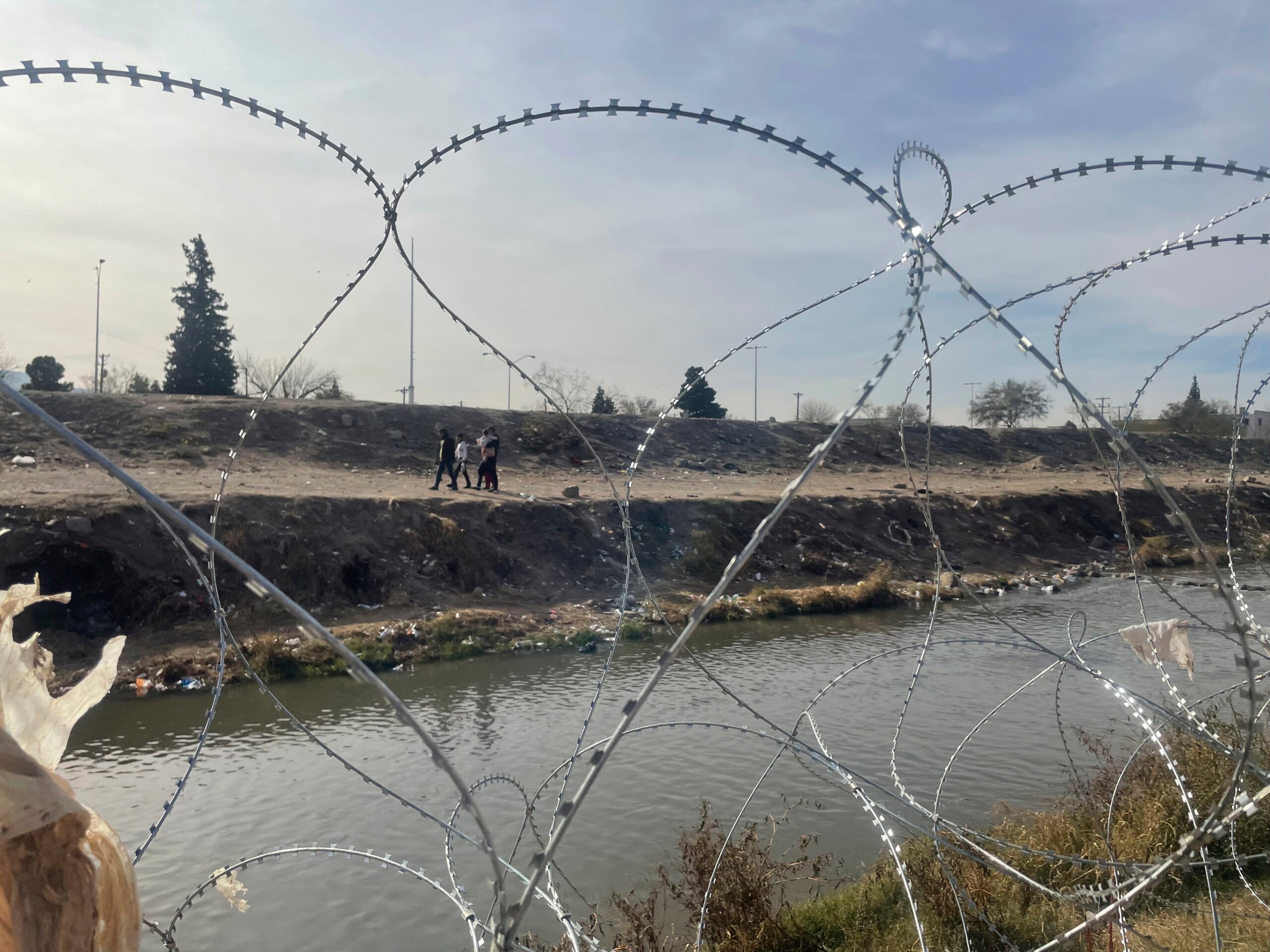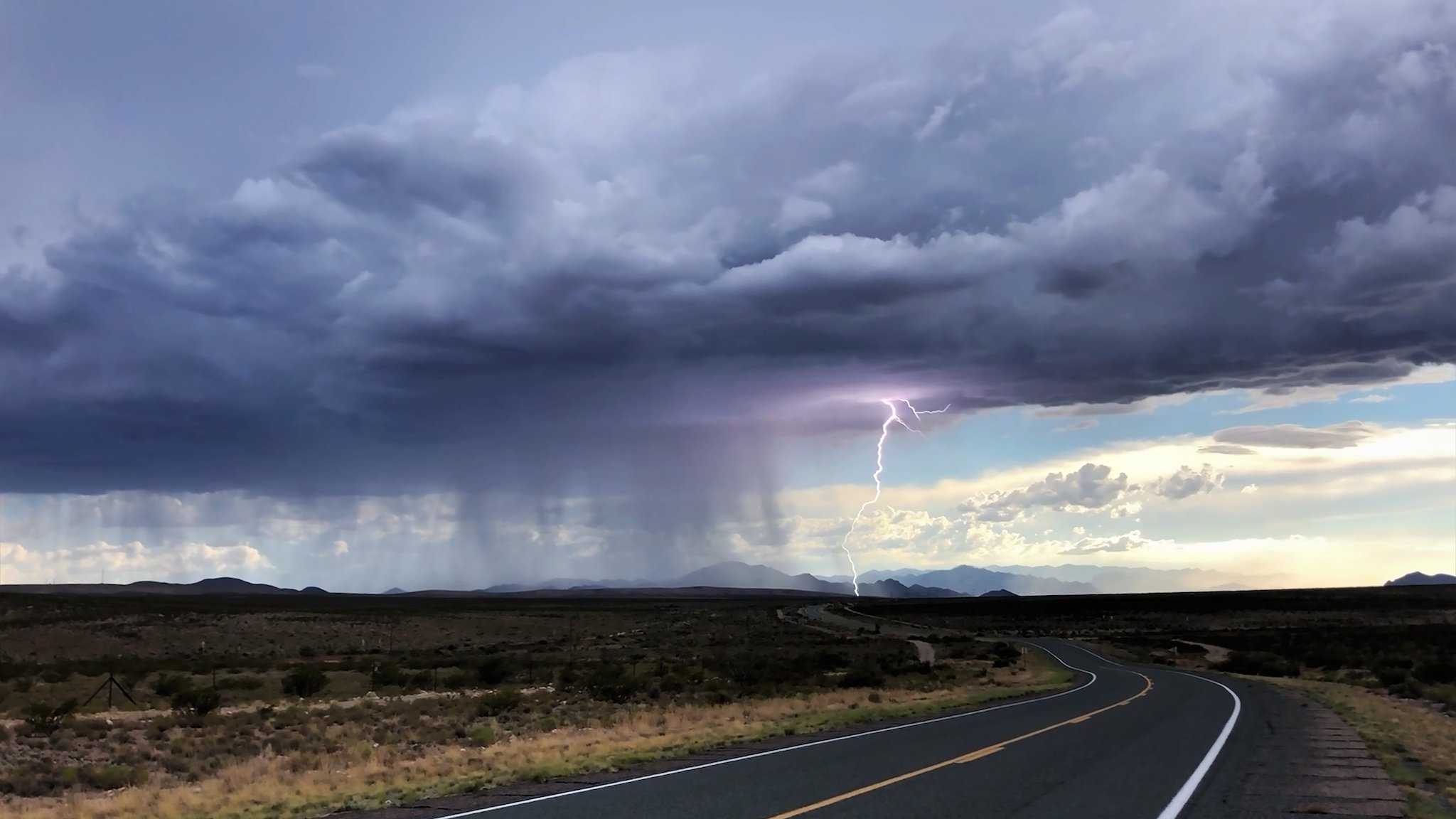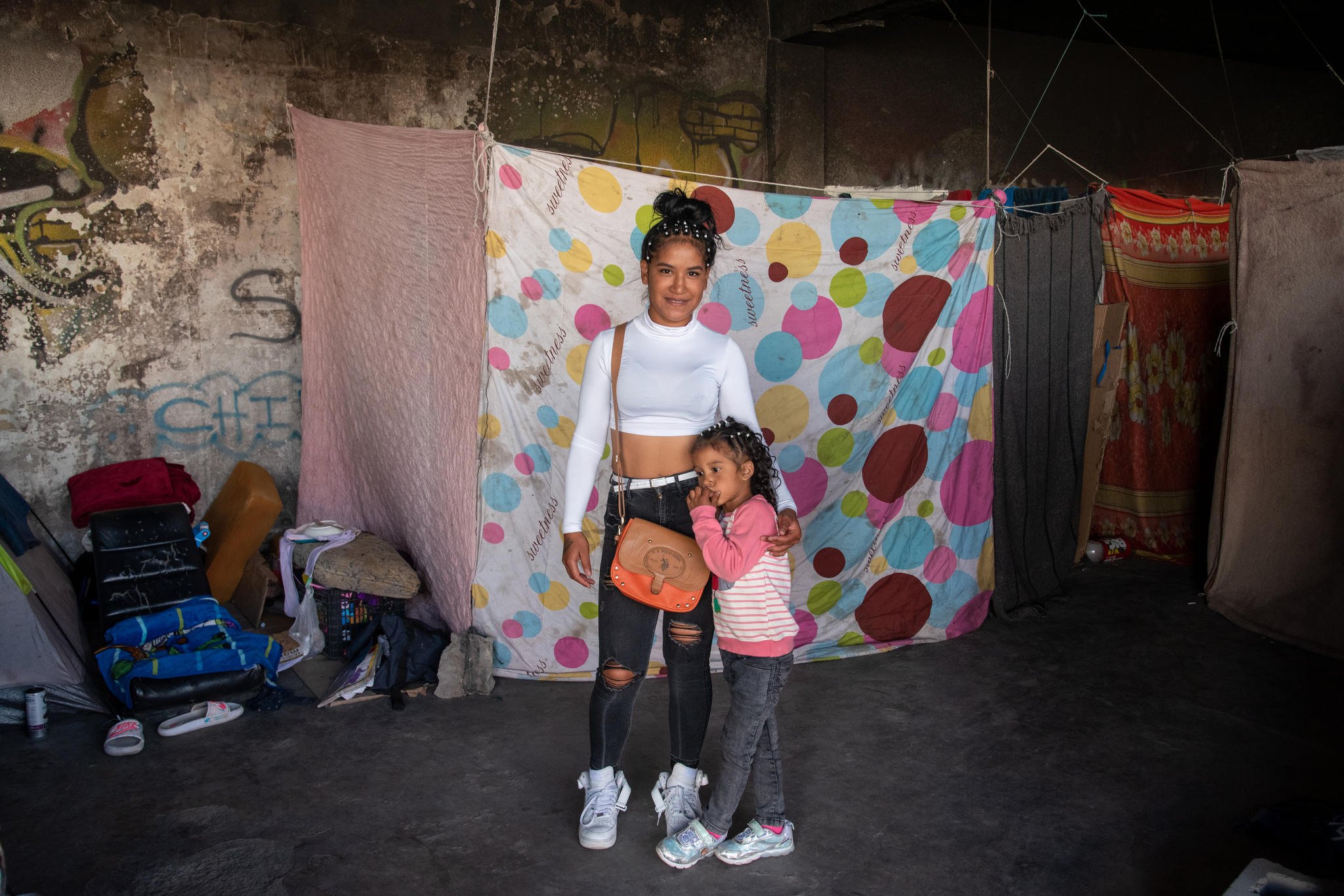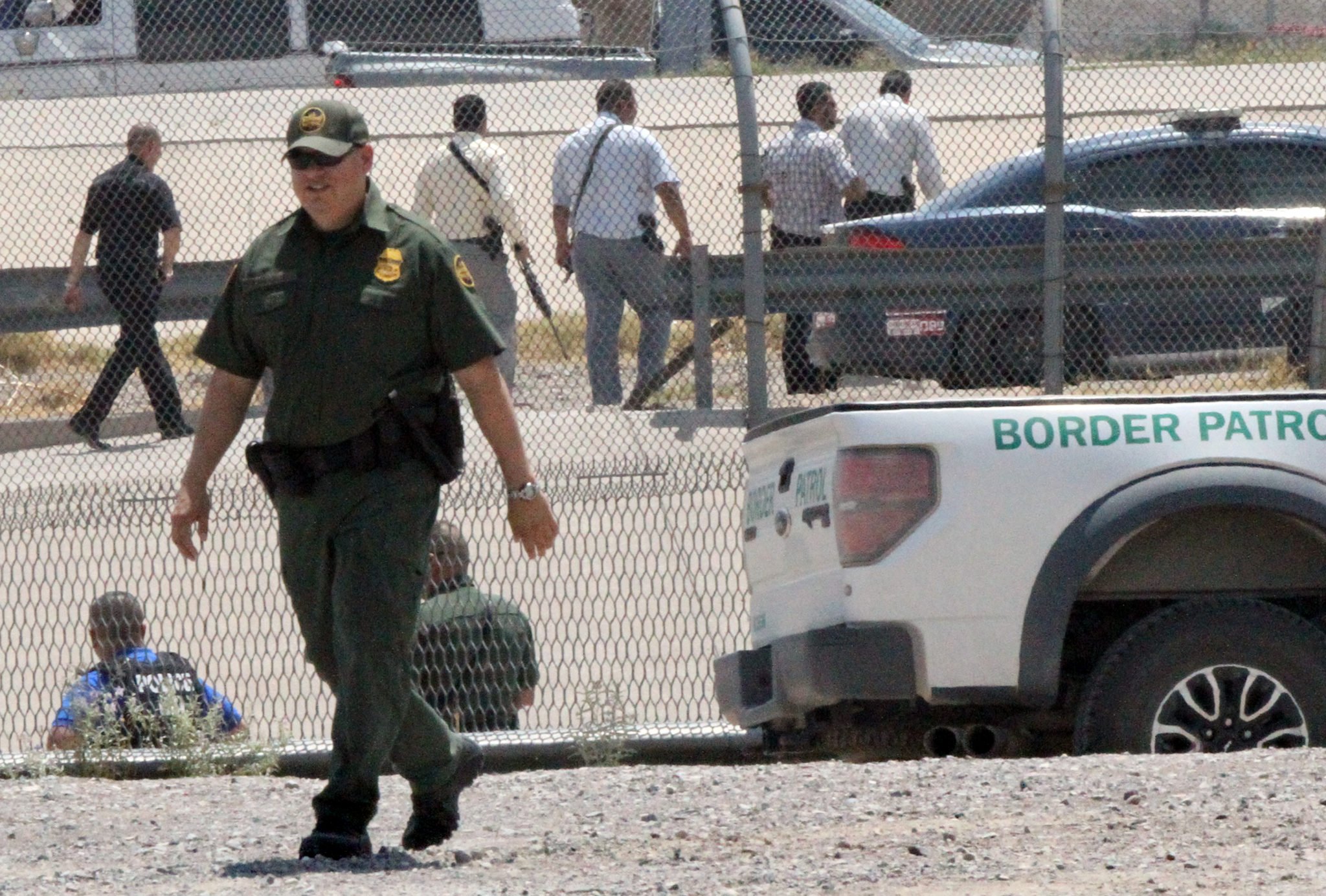
Courts: Police Can Shoot and Kill People As Long They Are Across the Border
Civil rights groups fear the courts are surrendering the judicial oversight necessary to rein in one of the nation’s largest police forces.
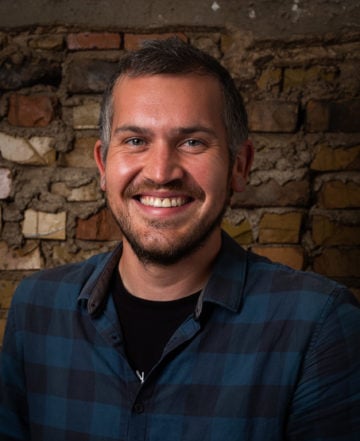
On June 7, 2010, while on patrol near the bridge connecting Juarez to El Paso, U.S. Border Patrol Agent Jesus Mesa Jr. fired his gun into Mexico and struck Sergio Adrián Hernández Güereca below his left eye, killing the unarmed 15 year old. Officials say that Mesa was “surrounded” by rock-throwing teenagers before he fired, though that’s not what was captured by grainy cell phone video that later surfaced. Mesa, standing on U.S. soil beneath the border crossing, can be seen dragging a young man with his left arm as others flee across the drainage culvert and back into Mexico. Hernández, standing on Mexican soil about 60 feet away from the agent, hides behind a concrete pillar. He peeks his head out and then folds to the ground after Mesa shoots.
As Border Patrol more than doubled boots on the ground over the past two decades, cross-border shootings have become more common. Like most of them, the official investigation into the shooting cleared Mesa and concluded he didn’t violate anyone’s rights “willfully and with the deliberate and specific intent to do something the law forbids.” Hernández’s parents then sought justice through the civil courts, but last week the U.S. Fifth Circuit Court of Appeals again blocked their case. It was the second time in recent years that the court has determined the Constitution doesn’t protect you from a bullet fired by police standing in the United States if it kills you in Mexico.
Unless the U.S. Supreme Court agrees to rehear the case and revive the lawsuit, Bob Hilliard, the Corpus Christi attorney representing Hernández’s parents, told the Observer that Fifth Circuit judges have made it abundantly clear “that Sergio and others who are standing in Mexico may be gunned down for any reason by anyone with a badge standing feet away in the United States.”
Attorneys for Mesa and the federal government have argued that the border acts like a constitutional on-off switch. For the past several years, district and appellate court judges have dismissed the case not because Mesa’s actions were justified but rather due to a belief that constitutional protections end at the border. “The border is very real and very finite,” Randolph Ortega, Mesa’s attorney, told the U.S. Supreme Court last year. “It’s not elastic.”
Ortega didn’t respond to a request for comment; a U.S. Department of Justice spokesperson wouldn’t discuss the case last week.
When the Hernández lawsuit first went to the Fifth Circuit in 2015, the conservative appeals court tossed it because the dead teenager had no “significant voluntary connection” to the United States and died on foreign soil; therefore, the court ruled, constitutional protections didn’t apply, regardless of the involuntary connection of a bullet to the face. Last year, a Supreme Court majority punted on the issue of what constitutional restraints apply at the U.S.-Mexico border and sent the case back to the Fifth Circuit, which last week again dismissed the lawsuit in a 13-2 vote.
Attorneys for the federal government have argued that the border acts like a constitutional on-off switch.
The Fifth Circuit’s most infamous jurist, Judge Edith Jones, wrote the majority opinion in the new ruling, arguing that lawsuits against federal agents who kill or maim people across the border “could undermine the Border Patrol’s ability to perform duties essential to national security.” If Hernández’s parents can sue over his death, Jones pondered a slippery slope that could lead to a lawsuit “against the Nevada-based operator of a drone flown far beyond our borders.”
Jones also says that greenlighting such lawsuits threatens to make Border Patrol agents “hesitate in making split second decisions.” In explaining why that’s bad, Jones pointed to a recent decision by another federal appeals court, which invoked national security to shield a TSA agent who detained a disgruntled passenger for several hours and filed fraudulent criminal charges against him in retaliation for wanting to lodge a complaint.
Meanwhile, civil rights groups fear the courts are surrendering the judicial oversight necessary to rein in one of the nation’s largest police forces. One 2013 Police Executive Research Forum (PERF) commissioned by Border Patrol found that agents shot at alleged rock throwers on the border 67 times over the course of two years, resulting in 19 deaths. The PERF report, which Border Patrol subsequently fought to suppress, also questioned the agency’s ability to properly investigate its own officers for alleged abuses.
When the case went to the Supreme Court last year, two former top officials filed a brief supporting the Hernández family that claimed Border Patrol was descending into an agency “plagued by corruption, misconduct and excessive force incidents.” At the Supreme Court, Justice Sonia Sotomayor questioned the official investigation that cleared the agent who shot Hernández, referencing cell phone footage of the shooting and saying, “I can’t square the police officer’s account of this incident with that film.”
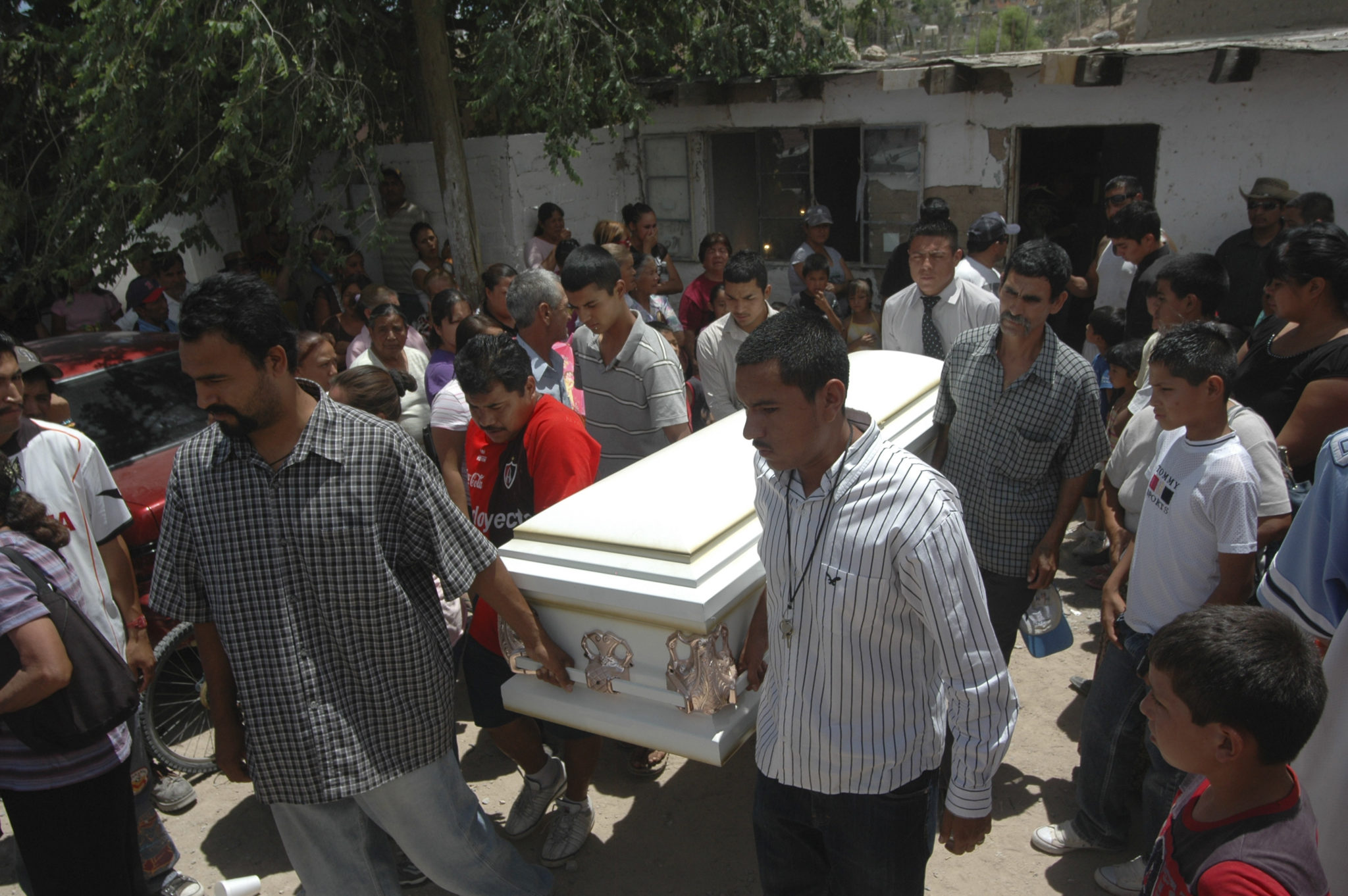
In her opinion for the Fifth Circuit last week, Jones argues that even if you remove victims’ ability to sue, the threat of criminal prosecution would still keep agents in check. She pointed to the case of Lonnie Ray Swartz, the first and only agent to ever face a murder charge over a cross-border shooting. Prosecutors say that during a 2012 rock throwing incident, Swartz “calmly and deliberately” walked up to the border fence and, in just 34 seconds, fired 16 rounds from his pistol into Mexico, killing 16-year-old José Antonio Elena Rodríguez. He is currently on trial in Arizona.
“The fact that one Border Patrol agent in Arizona is currently being prosecuted for a cross-border murder provides little comfort to Hernández’s parents and little deterrence for future shootings,” wrote Fifth Circuit Judge Edward C. Prado in a sharp dissent to last week’s ruling. “I would not so readily abdicate our judicial role given the fundamental rights at stake here.”
Hilliard, the lawyer for the Hernández family, suspects the case will now circle back to the Supreme Court, which will ultimately have to decide whether victims of border police brutality get constitutional protections. He told the Observer, “The Supreme Court must decide if this is going to be the new law of our land: That in the United States there will be no constitutional consequences when cops stand on the border and shoot across into Mexico at Mexico’s citizens, or even shoot American citizens standing in Mexico.”
